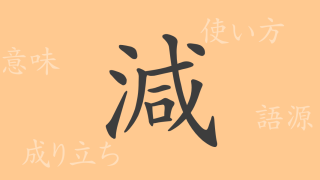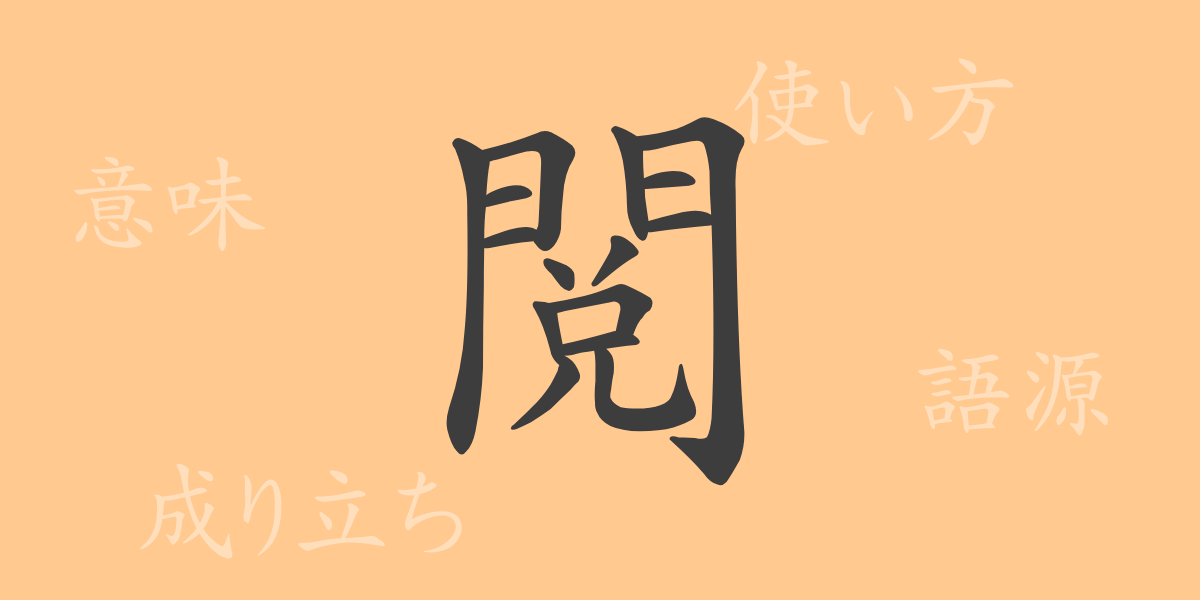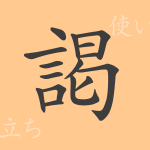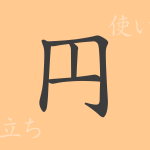“
The beauty of the Japanese language lies in its complexity and depth. The common kanji “”閲”” (Etsu) is no exception. In this article, we will delve deep into the world of the kanji “”閲,”” exploring its origin, meaning, usage, and even compound words and idioms. By learning the history and meaning behind each kanji, let’s embark on a journey to further deepen our understanding of the Japanese language.
The Origin of 閲 (Etsu)
The kanji “”閲”” has its roots in ancient China. It was originally created by combining the character “”門”” (Mon), meaning gate, with “”見”” (Ken), meaning to see. From this combination, the meaning of “”seeing through a gate”” was born, and it came to represent the act of “”seeing”” when conducting examinations or inspections.
The Meaning and Usage of 閲 (Etsu)
The kanji “”閲”” has meanings such as “”to inspect,”” “”to see,”” “”to experience,”” and “”to examine.”” It is mainly used in the context of scrutinizing and evaluating something. For example, the act of reviewing the content of a document or work before it is publicly released is called “”閲読”” (Etsudoku), and the term “”閲兵”” (Eppei) refers to observing a military parade.
Reading, Stroke Count, and Radical of 閲 (Etsu)
The kanji “”閲”” has multiple readings in Japanese.
- Reading: The on’yomi reading is “”えつ”” (Etsu), and the kun’yomi reading is “”けみ.する”” (Kemi.suru).
- Stroke Count: “”閲”” consists of a total of 15 strokes.
- Radical: The radical is “”門”” (Mon), and kanji containing this radical are classified under the “”gate”” category.
Compound Words, Idioms, and Proverbs Using 閲 (えつ, etsu) and Their Meanings
There are many compound words, idioms, and proverbs that include the character “”閲,”” each showcasing the richness of Japanese expressions. For example, the compound word “”閲覧”” (Etsuran) means to read or view books or documents, while “”閲歴”” (Etsureki) represents experience or history. Additionally, the idiom “”一目瞭然”” (Ichimoku ryouzen), meaning “”evident at a glance,”” is not directly related to “”閲”” but is associated with the act of seeing.
Conclusion on 閲 (Etsu)
Through this article, you may have gained an understanding of the multifaceted aspects of the kanji “”閲.”” Evolving from its etymology of seeing through a gate to the meanings of inspection and evaluation, “”閲”” plays a significant role in the Japanese language as well. As seen in compound words and proverbs, it is one of the kanji naturally used in daily life, and its presence can be keenly felt.
“

























